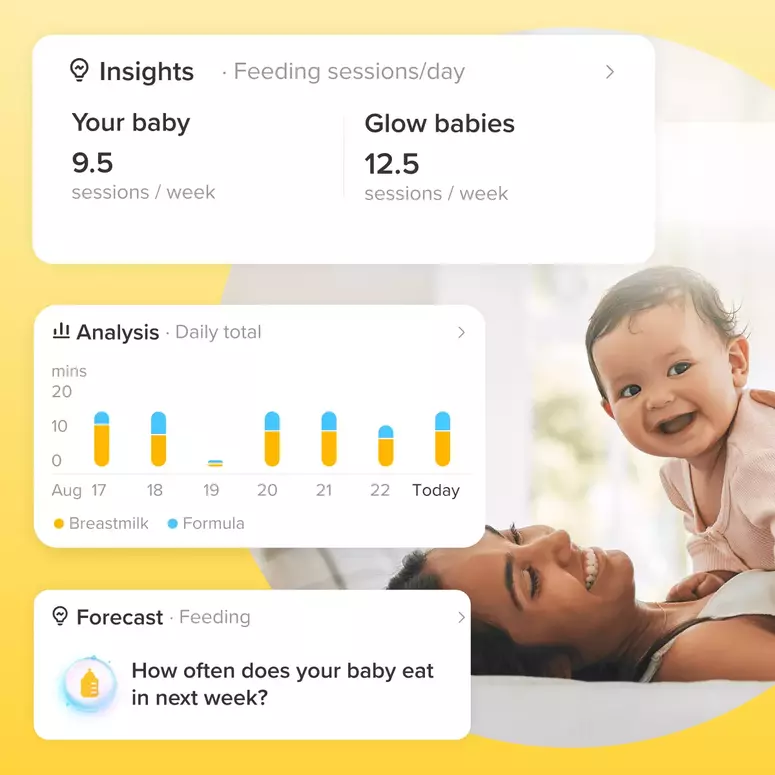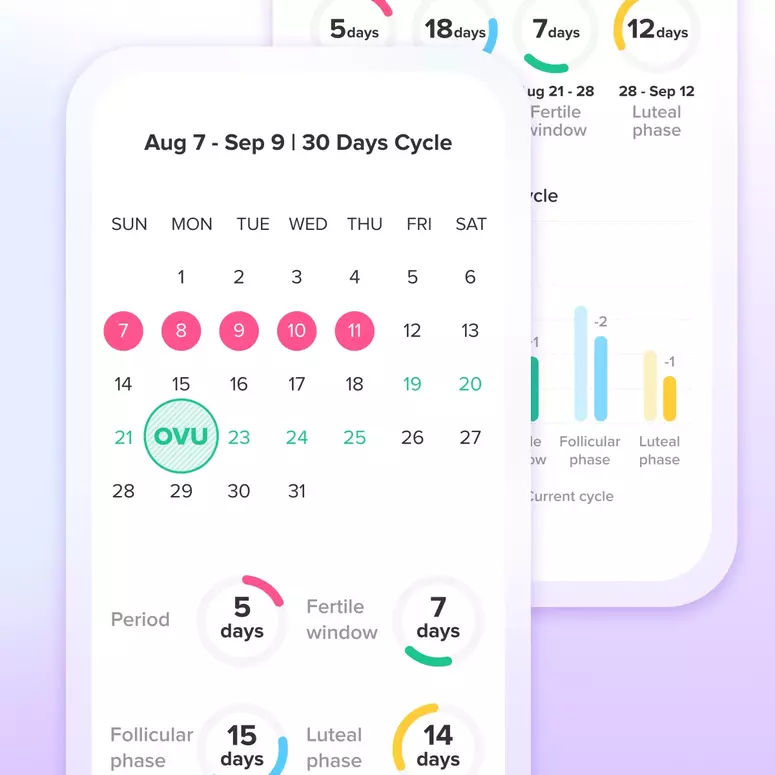
Exercising Throughout the Menstrual Cycle
Understanding the intimate relationship between physical activity and the menstrual cycle is paramount for women striving to maintain an active lifestyle. This article provides an in-depth look into how exercise impacts menstruation and vice versa, offering insights to help women optimize their fitness journey in harmony with their monthly cycle.
The Menstrual Cycle & Exercise: A Two-Way Street
The menstrual cycle is a monthly hormonal dance that prepares the female body for a potential pregnancy. It involves the orchestration of several hormones, primarily estrogen, and progesterone, which rise and fall at different stages of the cycle. These hormonal fluctuations can impact various aspects of a woman’s physiology, including energy levels, mood, and physical performance.
Similarly, exercise has a profound effect on the body, boosting mood, improving cardiovascular health, and aiding in weight management. However, the relationship between exercise and menstruation is not a one-way street. Just as the menstrual cycle can influence exercise capacity and experience, regular physical activity can also affect the regularity and characteristics of menstrual cycles.
Exercising Throughout the Menstrual Cycle
Research suggests that hormonal fluctuations across the menstrual cycle can affect women’s athletic performance. The first half of the cycle, known as the follicular phase, is characterized by increasing estrogen levels and is generally associated with higher pain tolerance, improved mood, and increased endurance. This phase might be an optimal time for high-intensity workouts or increasing training loads.
In contrast, the second half of the cycle, the luteal phase, sees a rise in progesterone and is often marked by premenstrual symptoms such as bloating, mood swings, and fatigue. During this phase, women may prefer lighter, low-impact activities like yoga, pilates, or walking.
Exercise and Menstrual Health
Regular physical activity can have positive effects on menstrual health. Studies have shown that women who exercise regularly often report less severe premenstrual symptoms, better mood, and improved overall well-being.
Personalizing Your Fitness Routine
Understanding the interplay between exercise and your menstrual cycle can empower you to personalize your fitness routine. This might mean pushing harder in the gym during your follicular phase, when energy levels are high, and focusing on recovery and lighter activities during the luteal phase.
Key Takeaways
The menstrual cycle and exercise have a bidirectional relationship, each impacting the other. While hormonal changes throughout the cycle can influence exercise capacity and preference, regular physical activity can contribute positively to menstrual health. Overtraining, however, can lead to menstrual irregularities and associated health problems.
Being attuned to your body’s changes throughout your menstrual cycle can help you optimize your workouts and recover effectively. It’s crucial to respect your body’s signals and adjust your exercise routine to align with your energy levels and comfort.
Remember, every woman’s experience is unique. Experiment with different activities and intensity levels throughout your cycle to discover what works best for you. And as always, consult with a healthcare provider if you have any concerns about your menstrual health or exercise routine.




